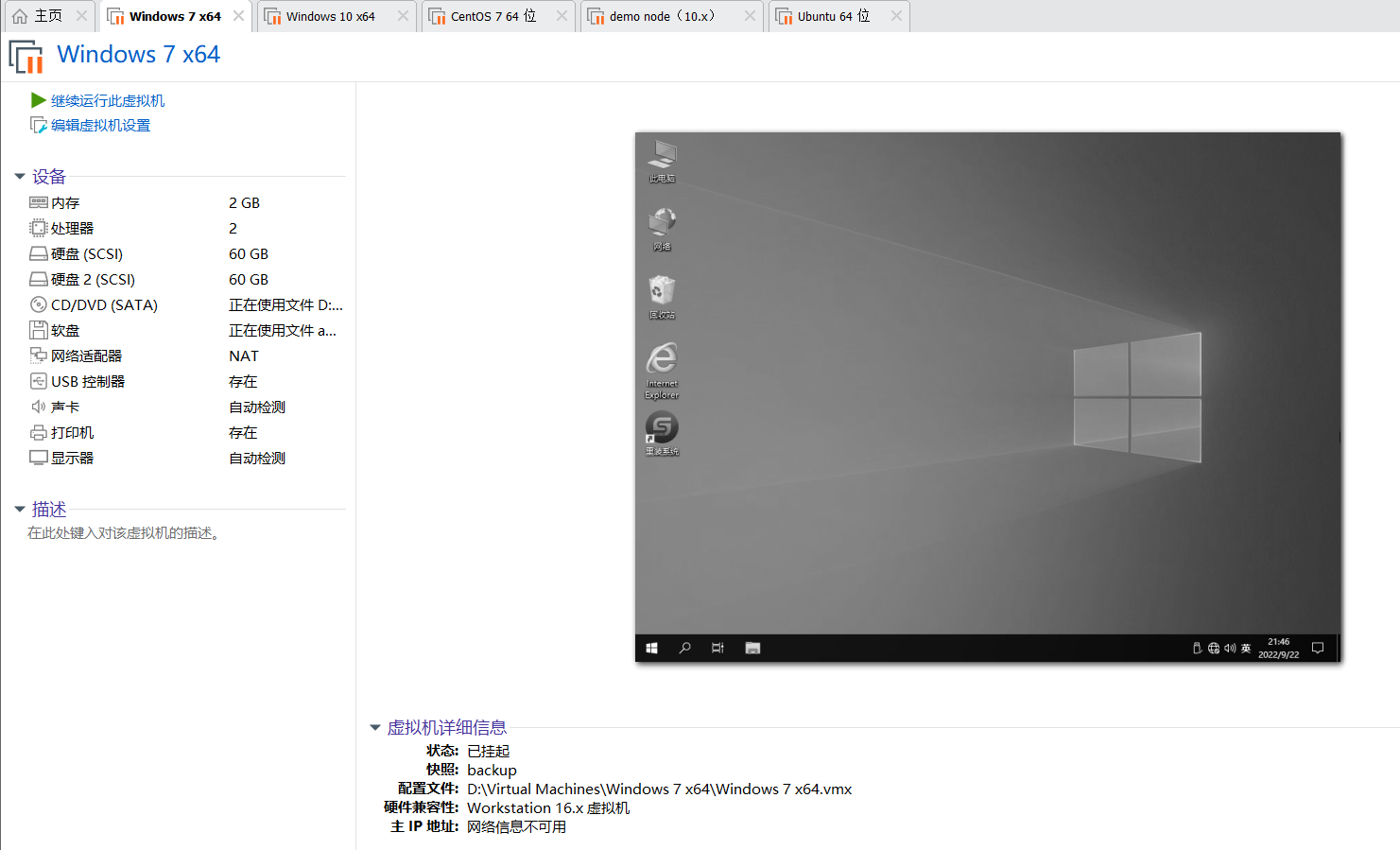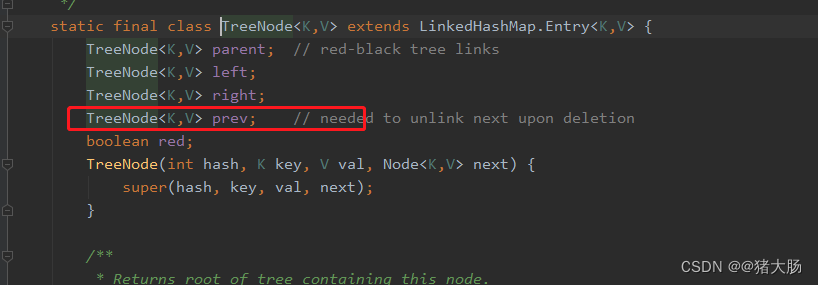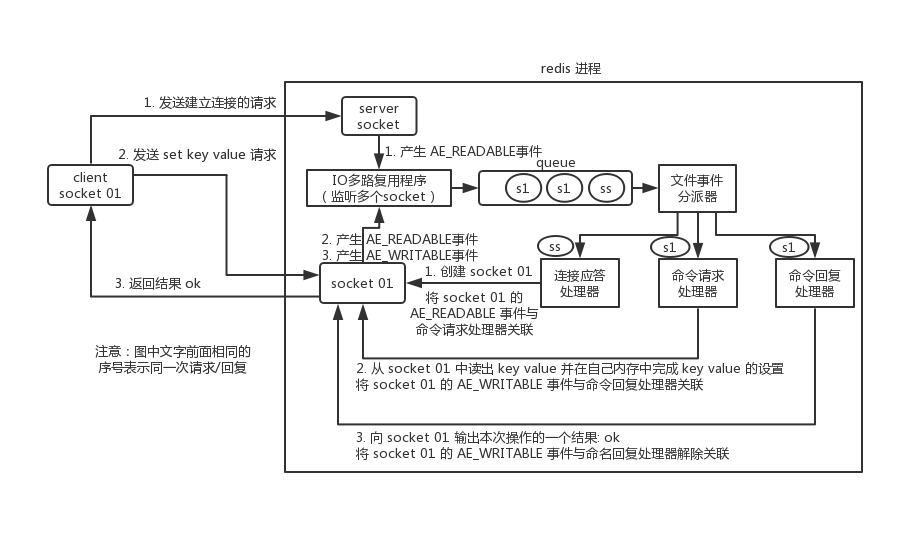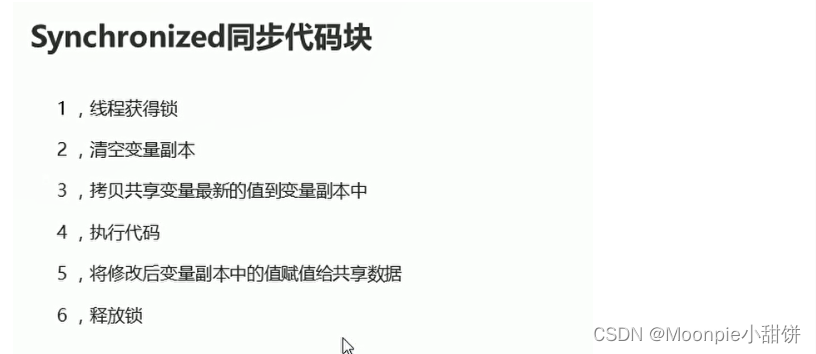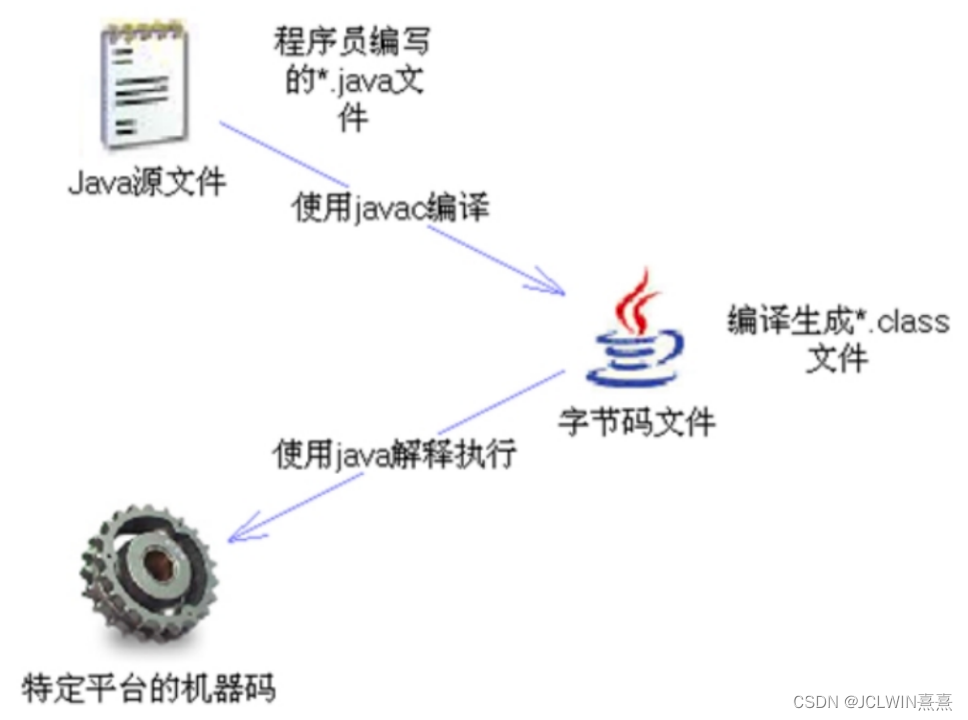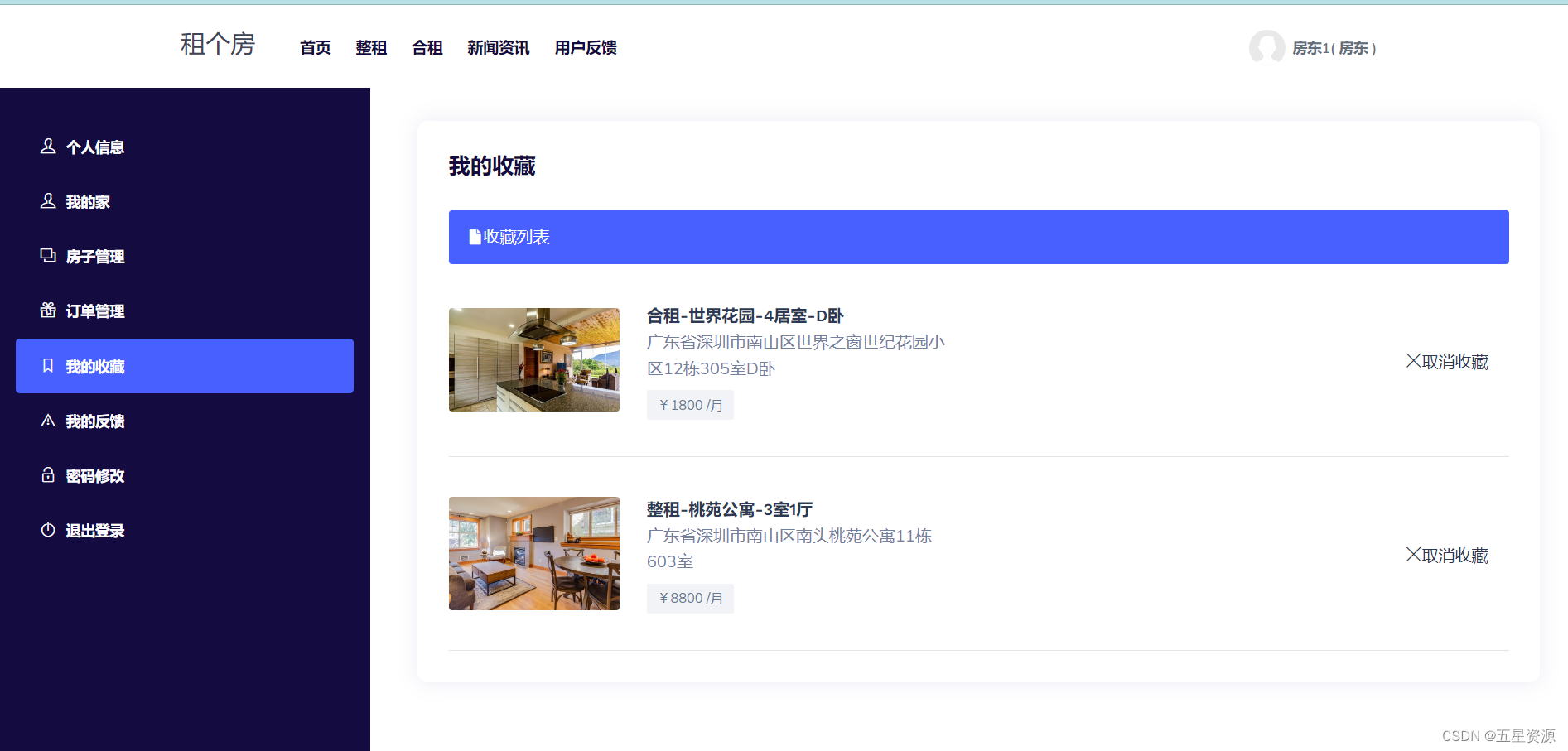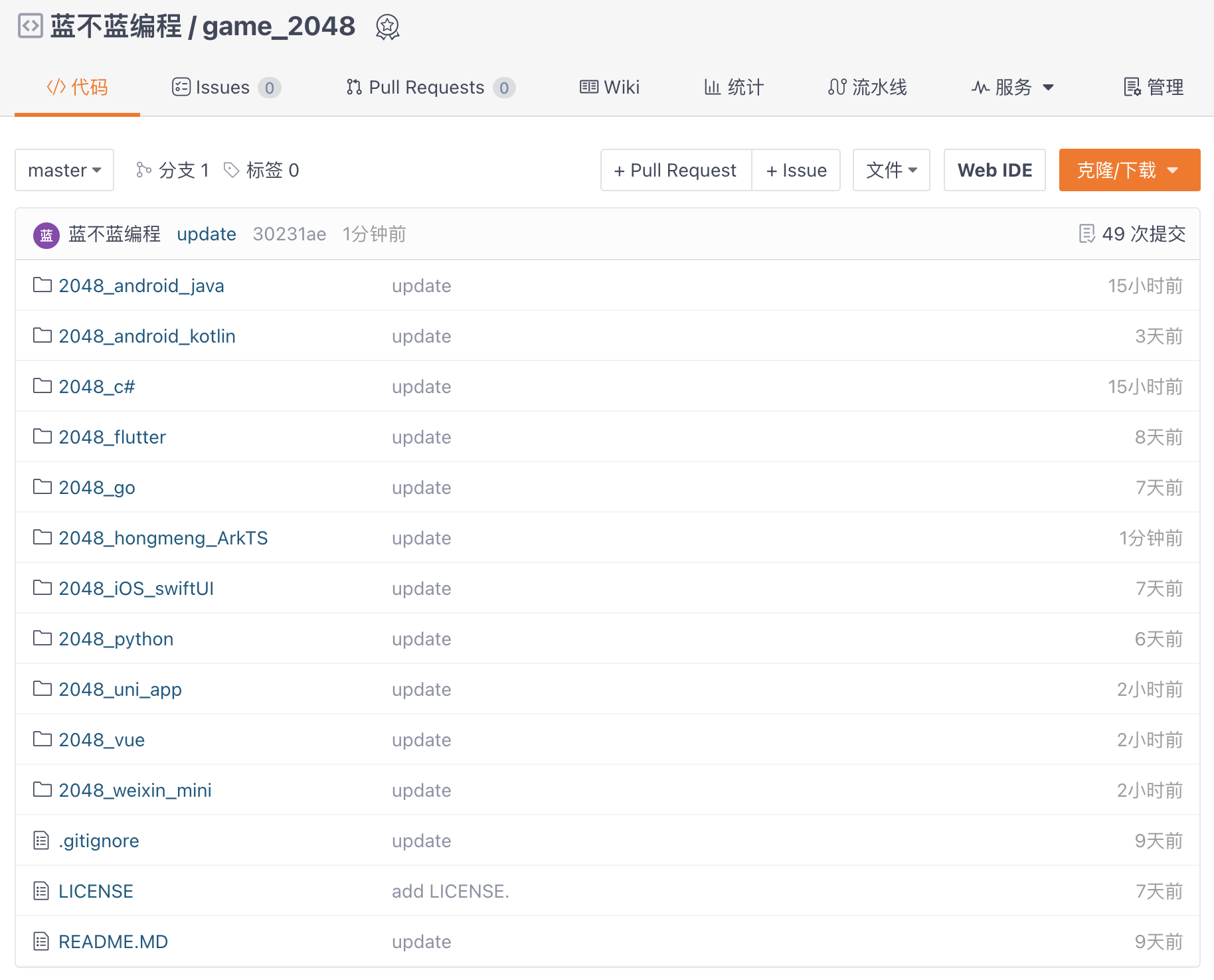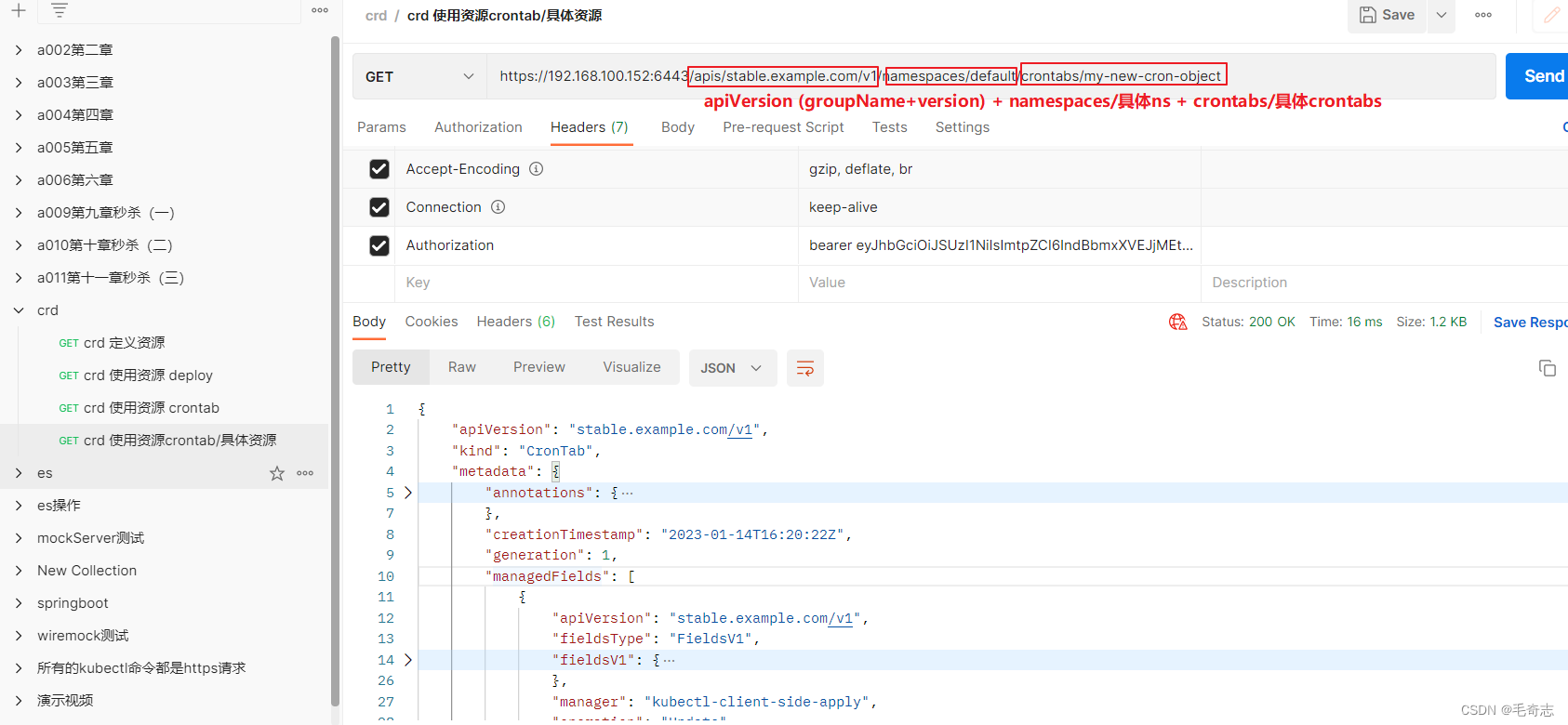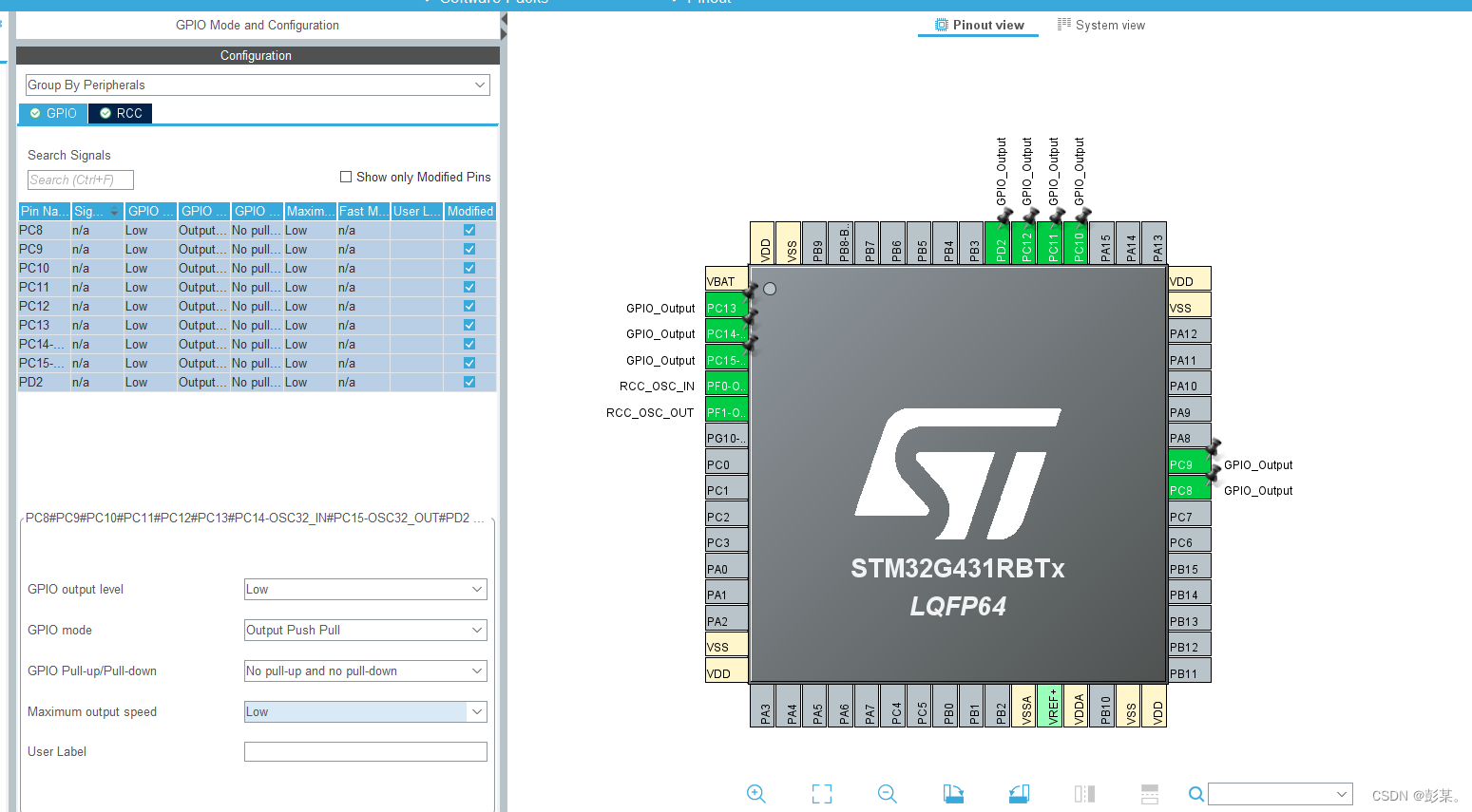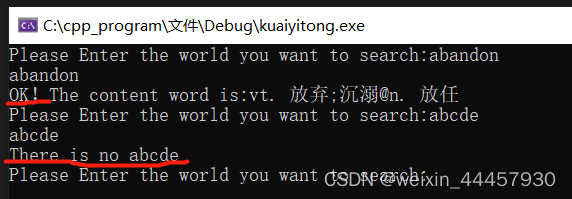设计模式-原型模式
- 一 官方定义
- 二 案例演示
- 解决方案一 - 一般实现方式
- 实现过程
- 案例分析
- 解决方案二
- 使用场景
- 实现过程一
- 实现过程 二
- 案例分析
- 三 浅拷贝和深拷贝
- 浅拷贝问题演示
- 实现过程
- 案例分析
- 解决方案-----深拷贝实现方式一:重写clone()方法
- 扩展思考
一 官方定义
原型模式的简单程度仅低于单例模式和迭代器模式。使用场景非常多
原型模式: 用原型实例指定创建对象的种类,并且通过拷贝这些原型创建新的对象 即实现了一个原型接口,该接口用于创建当前对象的克隆,当直接创建对象的代价比较大时,则采用这种模式
二 案例演示
需求:打印很多份简历 简历信息都是一样的
解决方案一 - 一般实现方式
实现过程
Resume 简历类
/**
* @Description 简历类
*/
@Data
@AllArgsConstructor
public class Resume {
private String name;
private String job; //期望职位
private String salary; //期望薪资
}
测试类
/**
* @Description 客户端 打印很多份简历 简历信息是一样的
*/
public class Client {
public static void main(String[] args) {
Resume resume = new Resume("李逵", "Java开发", "面议");
for (int i = 0; i < 10; i++) {
Resume clone = new Resume(resume.getName(), resume.getJob(), resume.getSalary());
System.out.println(clone + "已打印成功");
}
}
}
结果
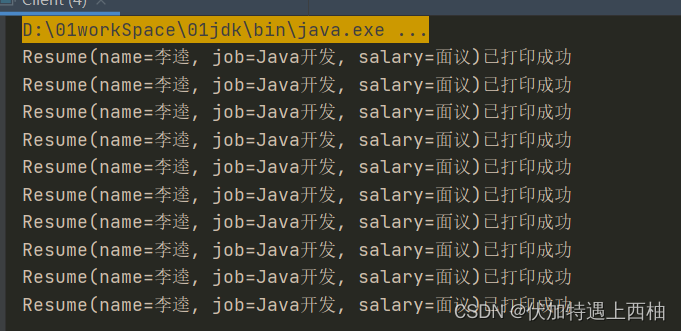
案例分析
优势 简单 容易理解
劣势 效率非常低
解决方案二
使用原型模式来实现。核心原理是 实现Cloneable接口重写clone方法。
使用场景
当需要一个类的大量对象的时候
如果一个对象初始化太过繁琐
实现过程一
Resume 简历类
①实现Cloneable接口
②重写clone方法
@Data
@AllArgsConstructor
public class Resume implements Cloneable{
private String name;
private String job; //期望职位
private String salary; //期望薪资
@Override
protected Resume clone(){
Resume clone = null;
try {
clone = (Resume) super.clone();
} catch (CloneNotSupportedException e) {
e.getMessage();
}
return clone;
}
}
测试类1
public class Client {
public static void main(String[] args) {
Resume resume = new Resume("李逵", "Java开发", "面议");
for (int i = 0; i < 10; i++) {
Resume clone = resume.clone();
System.out.println(clone);
System.out.println("clone = " + clone.hashCode());
}
}
}
结果
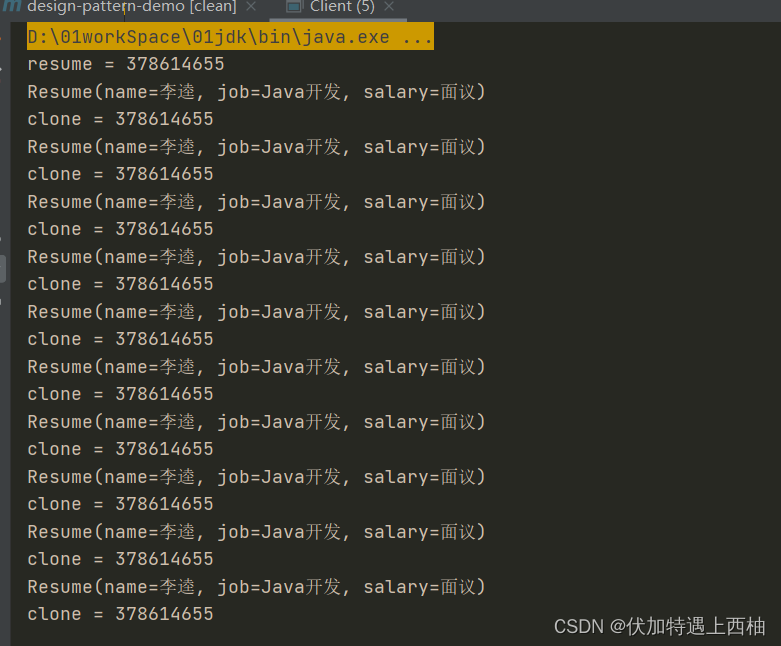
测试类2
public class Client {
public static void main(String[] args) {
Resume resume = new Resume("李逵", "Java开发", "面议");
System.out.println("resume = " + resume.hashCode());
for (int i = 0; i < 10; i++) {
Resume clone = (Resume)resume.clone();
clone.setJob("教师2"+i);
System.out.println(clone);
System.out.println("clone = " + clone.hashCode());
}
}
}
结果
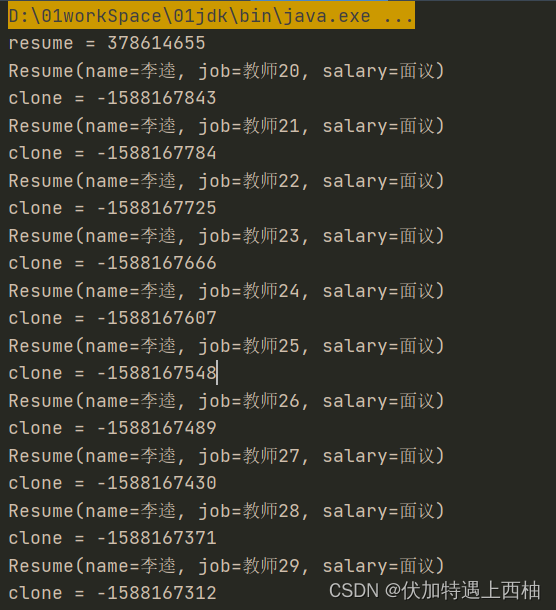
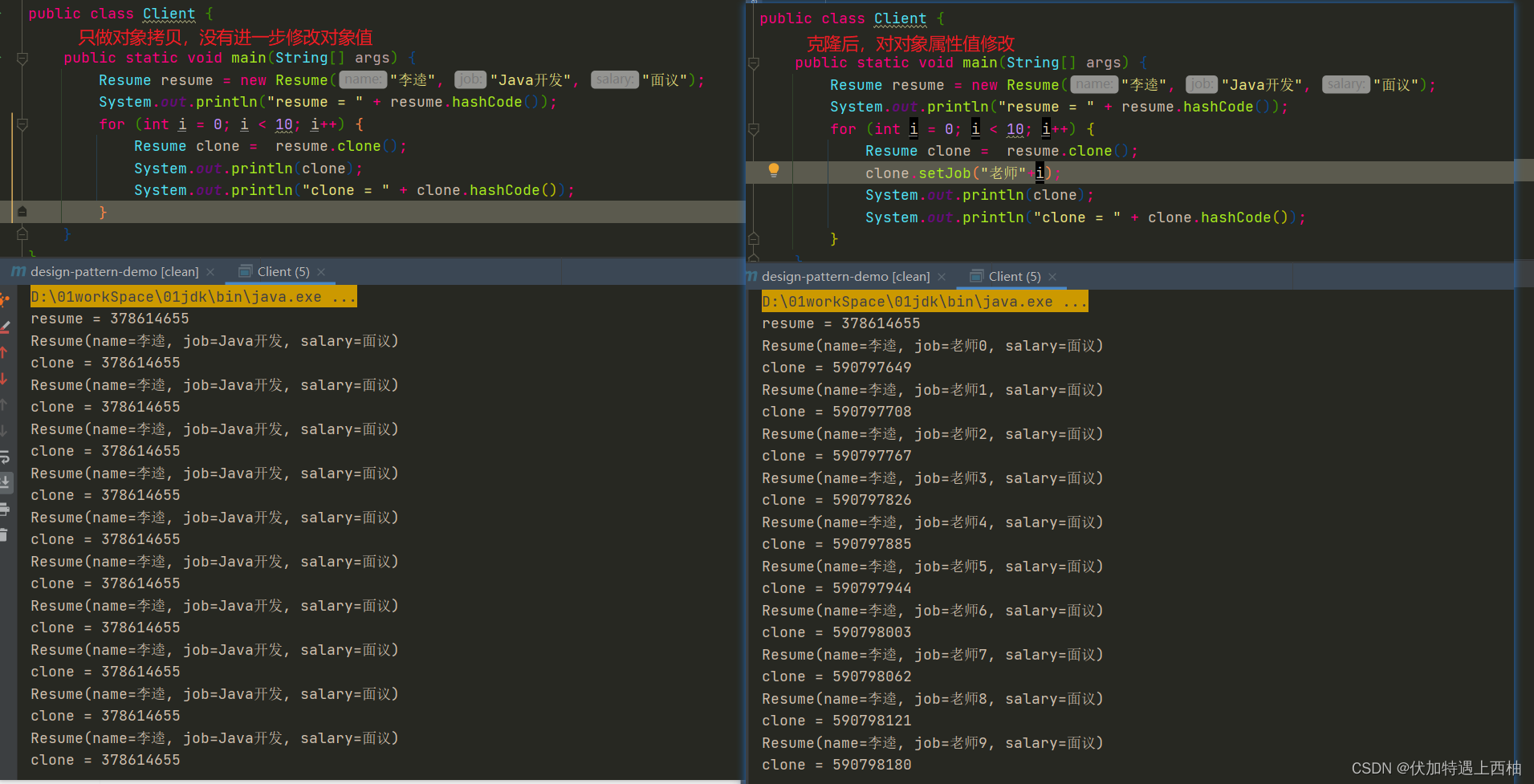
使用lombok注解标记实体类,克隆对象发现如果对象值没有任何修改,hashCode值一样,做的是浅拷贝。克隆对象如果对象值有修改,做的是深拷贝。最终排查是由于@Data注解它是一个混合注释,它包含了@Getter @Setter @RequiredArgsConstructor @ToString @EqualsAndHashCode的功能。@EqualsAndHashCode中属性callSuper 默认为false。所以同类型比较时,当字段相同时,hashcode值是一样的。
解决办法:使用@Getter@Sette r单个注解
@Data取代Get,Set方法的使用总结以及注意事项
实现过程 二
Resume类
public class Resume implements Cloneable{
private String name;
private String job; //期望职位
private String salary; //期望薪资
public String getName() {
return name;
}
public Resume(String name, String job, String salary) {
this.name = name;
this.job = job;
this.salary = salary;
}
public void setName(String name) {
this.name = name;
}
public String getJob() {
return job;
}
public void setJob(String job) {
this.job = job;
}
public String getSalary() {
return salary;
}
public void setSalary(String salary) {
this.salary = salary;
}
@Override
public String toString() {
return "Resume{" +
"name='" + name + '\'' +
", job='" + job + '\'' +
", salary='" + salary + '\'' +
'}';
}
@Override
protected Object clone(){
Resume resume = null;
Resume clone = null;
try {
clone = (Resume) super.clone();
} catch (CloneNotSupportedException e) {
e.getMessage();
}
return clone;
}
}
测试类
public class Client {
public static void main(String[] args) {
Resume resume = new Resume("李逵", "Java开发", "面议");
for (int i = 0; i < 10; i++) {
Resume clone = (Resume) resume.clone();
System.out.println(clone);
System.out.println("clone = " + clone.hashCode());
}
}
}
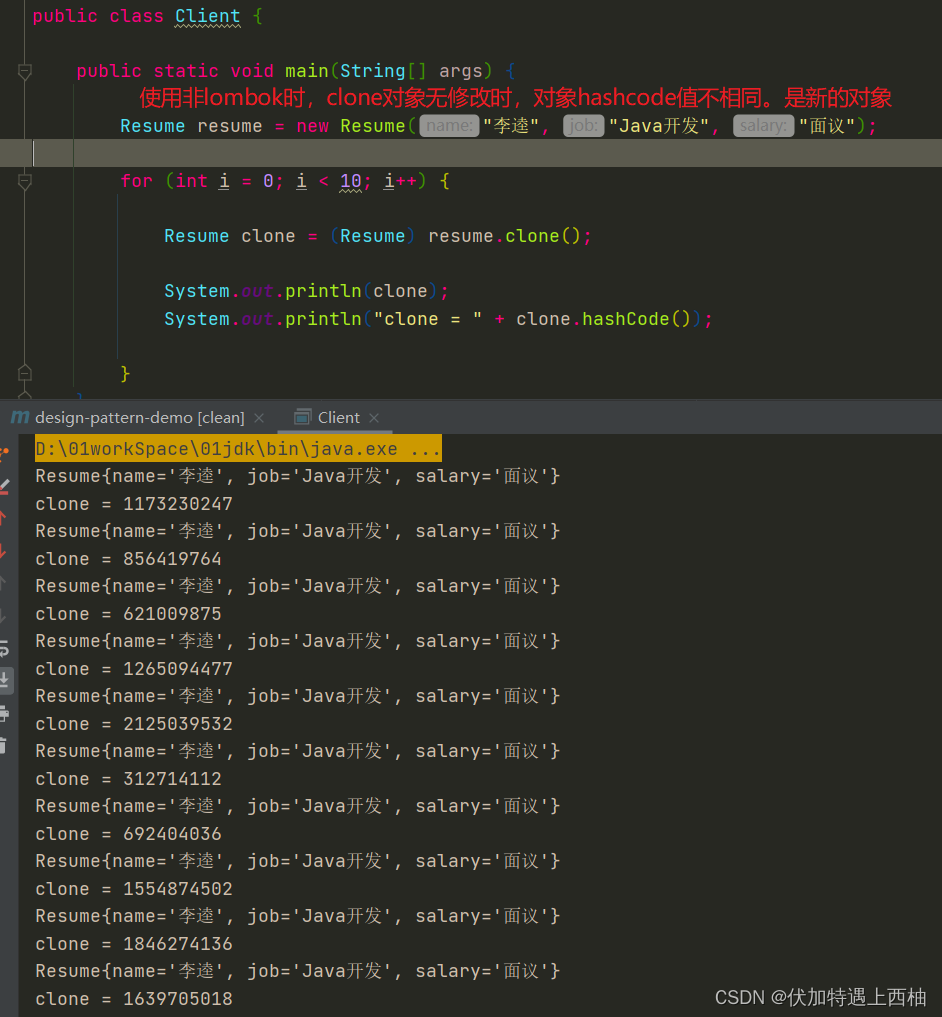
案例分析
在clone()方法上面增加了一个注解@Override,在Cloneable接口中没有任何方法,那么这个重写的方法是从哪里来的呢。想想看java中所有的类老祖宗是谁? 对嘛 ,Object类,每个类默认都继承了这个类。所以重写是非常正确的----重写了Object类中的clone方法。
三 浅拷贝和深拷贝
浅拷贝
对于数据类型是基本数据类型的成员变量,浅拷贝会直接进行值传递
对于数据类型是引用数据类型的成员变量,那么浅拷贝会进行引用传递
深拷贝
复制对象的所有基本数据类型的成员变量值
为所有引用数据类型的成员变量申请存储空间,并复制每个引用数据类型成员变量所引用的对象,直到该对象可达的所有对象
进行深拷贝会复制整个对象,包含对象的引用类型
浅拷贝问题演示
Object类提供的方法clone只是拷贝对象,器对象内部的数组、引用对象等都不拷贝,还是指向原生对象的内部元素地址,这种拷贝就是浅拷贝。确实非常浅,两个对象都不拷贝,还是指向原生对象的内部元素大家都能改,是一种非常不安全的方式。
实现过程
Witness类
//证明人类
public class Witness {
private String name;
private String job; //职务
public Witness(String name, String job) {
this.name = name;
this.job = job;
}
public String getName() {
return name;
}
public void setName(String name) {
this.name = name;
}
public String getJob() {
return job;
}
public void setJob(String job) {
this.job = job;
}
@Override
public String toString() {
return "Witness{" +
"name='" + name + '\'' +
", job='" + job + '\'' +
'}';
}
}
Resume类
//简历类2.0
@Getter
@Setter
@ToString
public class Resume implements Cloneable{
private String name;
private String job;
private String salary;
private Witness witness; //证明人
public Resume(String name, String position, String salary) {
this.name = name;
this.job = position;
this.salary = salary;
}
@Override
protected Object clone() {
Resume resume = null;
try{
resume = (Resume) super.clone();
}catch (CloneNotSupportedException e){
e.printStackTrace();
}
return resume;
}
}
测试类
public class Client {
public static void main(String[] args) {
Resume resume = new Resume("小李", "java开发", "面议");
Witness witness = new Witness("三叔", "养猪场CTO");
resume.setWitness(witness);
Resume clone = (Resume) resume.clone();
Resume clone1 = (Resume) resume.clone();
resume.setName("小红" );
witness.setName("李白");
Resume clone2 = (Resume) resume.clone();
System.out.println("clone = " + clone);
System.out.println("clone1 = " + clone1);
System.out.println("clone2 = " + clone2);
System.out.println( "clone=" + clone.hashCode()+ " witness=" +clone.getWitness().hashCode());
System.out.println("clone1=" + clone1.hashCode()+ " witness1=" +clone1.getWitness().hashCode());
System.out.println("clone2=" + clone2.hashCode()+ " witness2=" +clone2.getWitness().hashCode());
}
}
结果
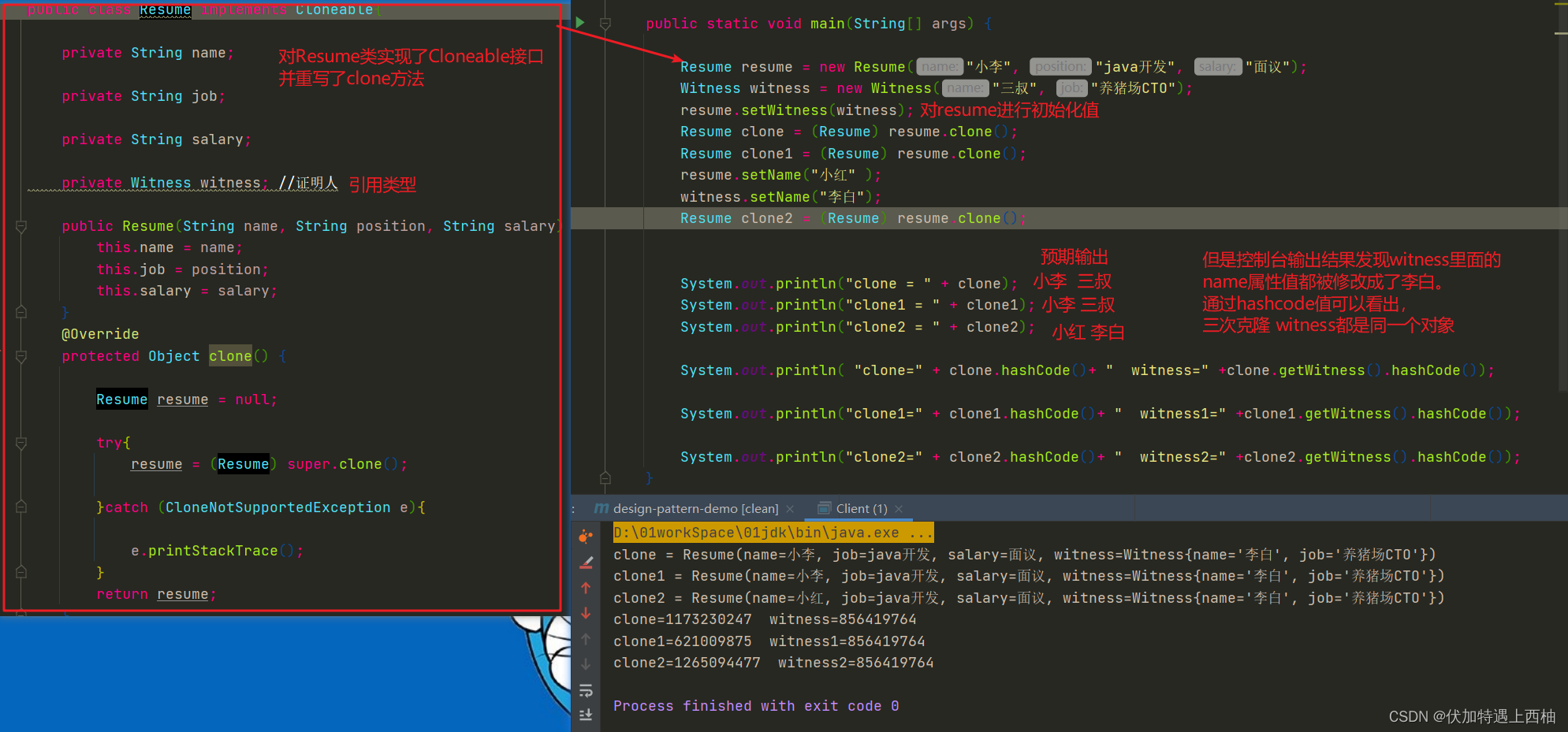
案例分析
复制的对象中有引用类型时 例如数组,集合,对象。并不会将这些类型复制一份,只是引传递。对其修改时会在原来的基础上进行修改。
解决方案-----深拷贝实现方式一:重写clone()方法
在引用类型的对象中也进行实现Cloneable 重写clone方法。
//证明人类
@Getter
@Setter
@AllArgsConstructor
@ToString
public class Witness implements Cloneable{
private String name;
private String job; //职务
@Override
protected Witness clone() {
Witness witness = null;
try{
witness = (Witness) super.clone();
}catch (CloneNotSupportedException e){
e.printStackTrace();
}
return witness;
}
}
在使用类中处理引用类型
//简历类2.0
@Getter
@Setter
@ToString
public class Resume implements Cloneable {
private String name;
private String job;
private String salary;
private Witness witness; //证明人 引用类型 ???
public Resume(String name, String position, String salary) {
this.name = name;
this.job = position;
this.salary = salary;
}
//完成深拷贝
//实现方式一:重写clone方法
@Override
protected Object clone() {
//要拷贝的对象
Resume resume = null;
try {
//分布进行
//完成对于基本数据类型或者String类型的拷贝
resume = (Resume) super.clone();
//对引用类型进行处理
resume.setWitness(witness.clone());
} catch (CloneNotSupportedException e) {
e.printStackTrace();
}
return resume;
}
}
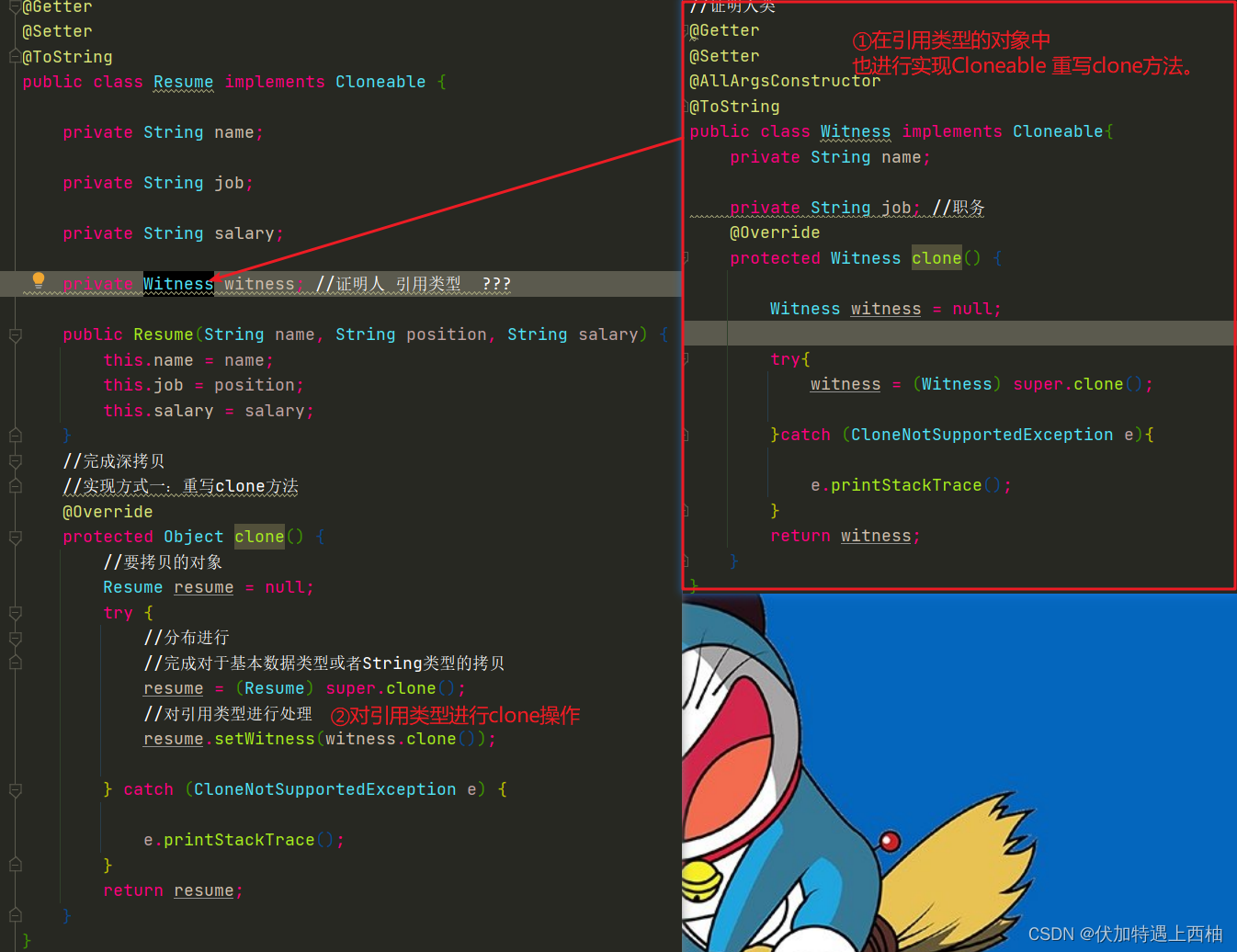
测试类
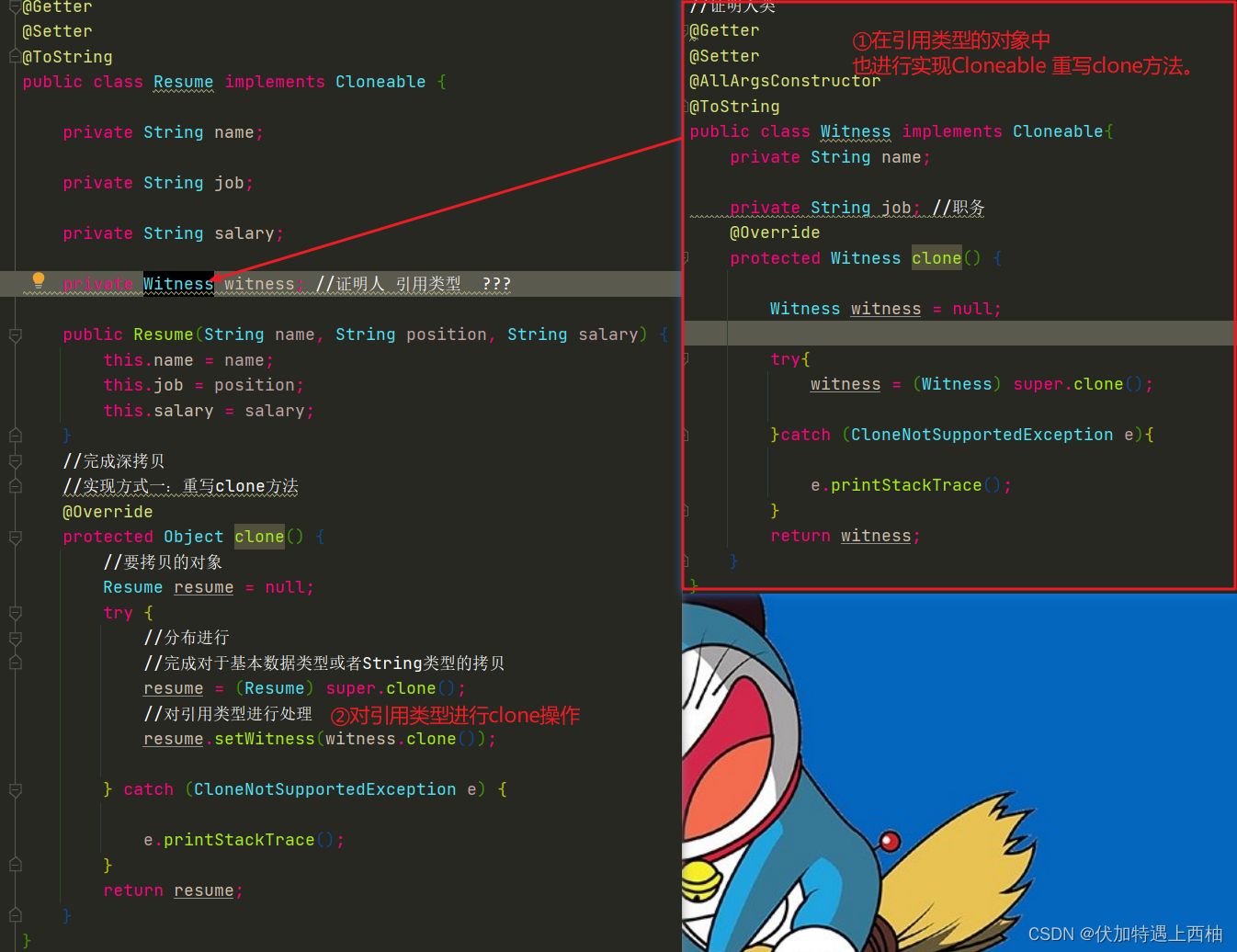
扩展思考
如果是级联引用对象呢? 比如在Witness类中定义引用类型对象DeepCloneableTarget
@Getter
@Setter
@ToString
public class DeepCloneableTarget implements Cloneable {
private String cloneName;
private String cloneClass;
//引用类型呢?
public DeepCloneableTarget(String cloneName, String cloneClass) {
this.cloneName = cloneName;
this.cloneClass = cloneClass;
}
//使用默认的就可以
@Override
protected DeepCloneableTarget clone() throws CloneNotSupportedException {
return (DeepCloneableTarget) super.clone();
}
}
Witness类
//证明人类
@Getter
@Setter
@AllArgsConstructor
@ToString
public class Witness implements Cloneable{
private String name;
private String job; //职务
private DeepCloneableTarget deepCloneableTarget;
@Override
protected Witness clone() {
Witness witness = null;
try{
witness = (Witness) super.clone();
}catch (CloneNotSupportedException e){
e.printStackTrace();
}
return witness;
}
}
Resume类
@Getter
@Setter
@ToString
public class Resume implements Cloneable {
private String name;
private String job;
private String salary;
private Witness witness; //证明人 引用类型 ???
public Resume(String name, String position, String salary) {
this.name = name;
this.job = position;
this.salary = salary;
}
//完成深拷贝
//实现方式一:重写clone方法
@Override
protected Object clone() {
//要拷贝的对象
Resume resume = null;
try {
//分布进行
//完成对于基本数据类型或者String类型的拷贝
resume = (Resume) super.clone();
//对引用类型进行处理
resume.setWitness(witness.clone());
resume.getWitness().setDeepCloneableTarget(witness.getDeepCloneableTarget().clone());
} catch (CloneNotSupportedException e) {
e.printStackTrace();
}
return resume;
}
}
测试类
public class Client {
public static void main(String[] args) throws CloneNotSupportedException {
Resume resume = new Resume("小李", "java开发", "面议");
DeepCloneableTarget deepCloneableTarget = new DeepCloneableTarget("克隆", "花花");
Witness witness = new Witness("三叔", "养猪场CTO",deepCloneableTarget);
resume.setWitness(witness);
Resume clone = (Resume) resume.clone();
Resume clone1 = (Resume) resume.clone();
resume.setName("小红" );
witness.setName("李白");
deepCloneableTarget.setCloneClass("草草");
Resume clone2 = (Resume) resume.clone();
System.out.println("clone = " + clone);
System.out.println("clone1 = " + clone1);
System.out.println("clone2 = " + clone2);
System.out.println( "clone=" + clone.hashCode()+ " witness=" +clone.getWitness().hashCode()+" DeepCloneableTarget"+clone.getWitness().getDeepCloneableTarget().hashCode());
System.out.println("clone1=" + clone1.hashCode()+ " witness1=" +clone1.getWitness().hashCode()+" DeepCloneableTarget1"+clone1.getWitness().getDeepCloneableTarget().hashCode());
System.out.println("clone2=" + clone2.hashCode()+ " witness2=" +clone2.getWitness().hashCode()+" DeepCloneableTarget2"+clone2.getWitness().getDeepCloneableTarget().hashCode());
}
}
结果
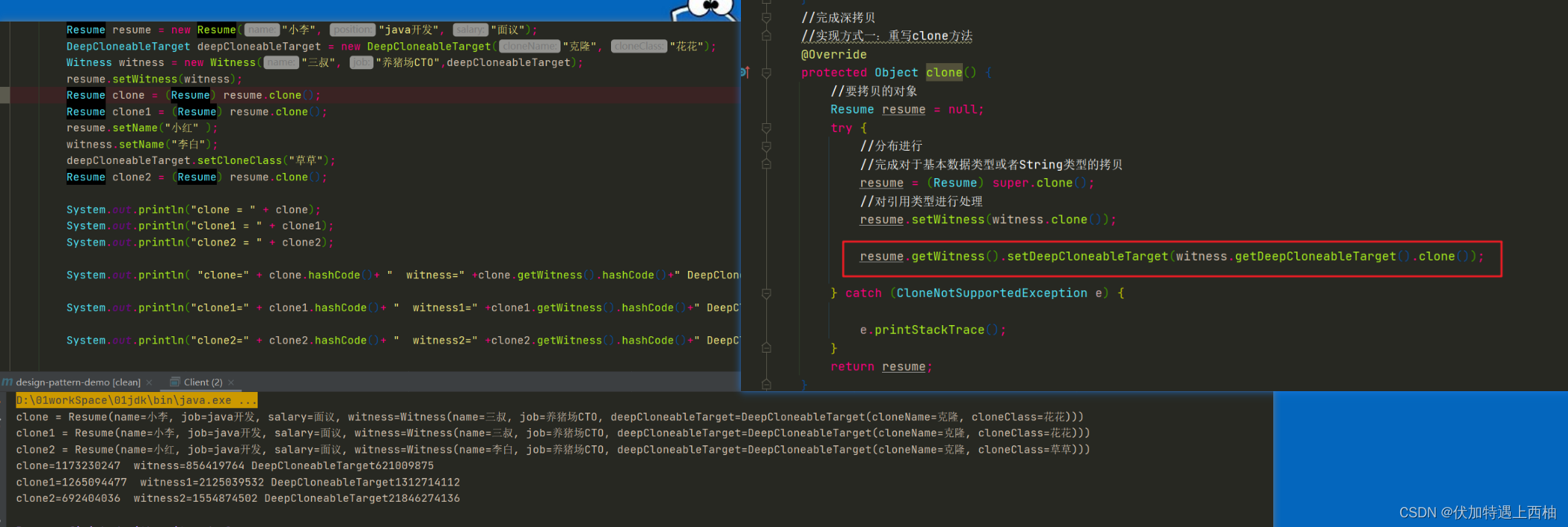
解决方案—深拷贝实现方式二:序列化方式
通过扩展思考案例我们可以发现如果存在级联嵌套引用那么,需要手动写clone方法,非常不方便。那么有没有一种简便的方式来实现深拷贝呢?答案是肯定的。本节就详细介绍序列化方式实现深拷贝。
步骤:
①:级联对象实现序列化接口
②:在拷贝的对象中添加流式克隆
拷贝对象类
Resume
//简历类2.0
@Getter
@Setter
@ToString
public class Resume implements Serializable, Cloneable {
private static final long serialVersionUID = 1L;
private String name;
private String job;
private String salary;
private Witness witness; //证明人 引用类型 ???
public Resume(String name, String position, String salary) {
this.name = name;
this.job = position;
this.salary = salary;
}
//完成深拷贝
//实现方式二:通过对象序列化的方式
public Object deepClone(){
//类需要实现序列化接口
//创建流对象
ByteArrayOutputStream bos = null;
ObjectOutputStream oos = null;
ByteArrayInputStream bis = null;
ObjectInputStream ois = null;
//序列化操作
try {
bos = new ByteArrayOutputStream();
oos = new ObjectOutputStream(bos);
//序列化
oos.writeObject(this);
//反序列化操作
bis = new ByteArrayInputStream(bos.toByteArray());
ois = new ObjectInputStream(bis);
Resume resume = (Resume) ois.readObject();
return resume;
} catch (Exception e) {
e.printStackTrace();
} finally {
//关闭流对象
try {
bos.close();
oos.close();
bis.close();
ois.close();
} catch (IOException e) {
e.printStackTrace();
}
}
return null;
}
}
级联类一 实现序列化接口,克隆接口
Witness
//证明人类
@Getter
@Setter
@AllArgsConstructor
@ToString
public class Witness implements Serializable, Cloneable{
private String name;
private String job; //职务
private DeepCloneableTarget deepCloneableTarget;
@Override
protected Witness clone() {
Witness witness = null;
try{
witness = (Witness) super.clone();
}catch (CloneNotSupportedException e){
e.printStackTrace();
}
return witness;
}
}
级联类二 实现序列化接口,克隆接口
@Getter
@Setter
public class DeepCloneableTarget implements Serializable, Cloneable {
private String cloneName;
private String cloneClass;
public DeepCloneableTarget(String cloneName, String cloneClass) {
this.cloneName = cloneName;
this.cloneClass = cloneClass;
}
@Override
protected Object clone() throws CloneNotSupportedException {
return super.clone();
}
@Override
public String toString() {
return "DeepCloneableTarget{" +
"cloneName='" + cloneName + '\'' +
", cloneClass='" + cloneClass + '\'' +
'}';
}
}
测试类
public class Client {
public static void main(String[] args) {
Resume resume = new Resume("小李", "java开发", "面议");
DeepCloneableTarget deepCloneableTarget = new DeepCloneableTarget("克隆", "花花");
Witness witness = new Witness("三叔", "养猪场CTO",deepCloneableTarget);
resume.setWitness(witness);
Resume clone = (Resume) resume.deepClone();
Resume clone1 = (Resume) resume.deepClone();
resume.setName("小红" );
witness.setName("李白");
deepCloneableTarget.setCloneClass("草草");
Resume clone2 = (Resume) resume.deepClone();
System.out.println("clone = " + clone);
System.out.println("clone1 = " + clone1);
System.out.println("clone2 = " + clone2);
System.out.println( "clone=" + clone.hashCode()+ " witness=" +clone.getWitness().hashCode()+" DeepCloneableTarget"+clone.getWitness().getDeepCloneableTarget().hashCode());
System.out.println("clone1=" + clone1.hashCode()+ " witness1=" +clone1.getWitness().hashCode()+" DeepCloneableTarget1"+clone1.getWitness().getDeepCloneableTarget().hashCode());
System.out.println("clone2=" + clone2.hashCode()+ " witness2=" +clone2.getWitness().hashCode()+" DeepCloneableTarget2"+clone2.getWitness().getDeepCloneableTarget().hashCode());
}
}
结果
通过结果发现能够正确深拷贝对象

谈谈Java序列化与深拷贝
设计模式 (三)原型模式(提供代码,浅显易懂)
